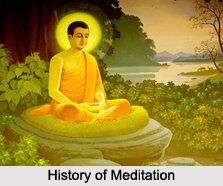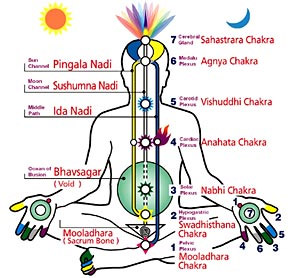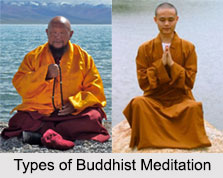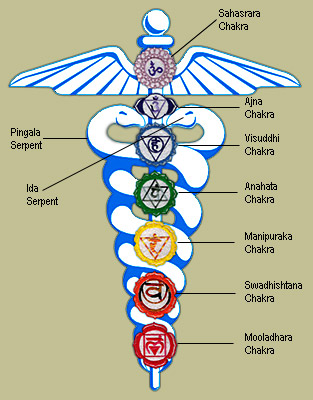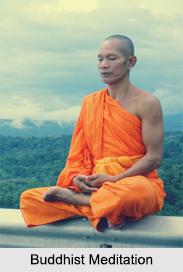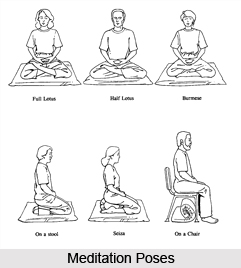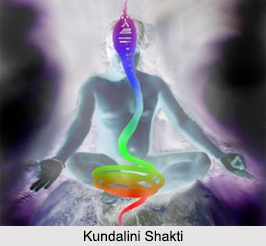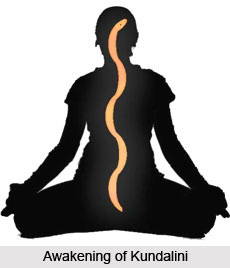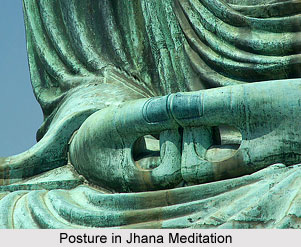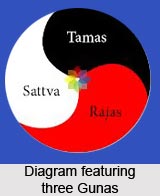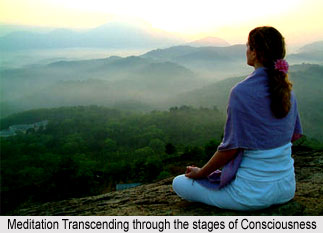 Theory of Consciousness deals with the awareness of an individual about self and others. It`s however a multifaceted term which varies from person to person. According to Maharishi Mahesh Yogi`s Theory of Consciousness or Enlightenment, there are seven stages of consciousness. Out of the seven stages the first three are very common to all but many people however do not even know about the existence of the rest four stages. Attainment of other stages, that fulfil the definition of enlightenment, requires long term practice of Transcendental meditation.
Theory of Consciousness deals with the awareness of an individual about self and others. It`s however a multifaceted term which varies from person to person. According to Maharishi Mahesh Yogi`s Theory of Consciousness or Enlightenment, there are seven stages of consciousness. Out of the seven stages the first three are very common to all but many people however do not even know about the existence of the rest four stages. Attainment of other stages, that fulfil the definition of enlightenment, requires long term practice of Transcendental meditation.
Deep, Dreamless Sleep
In this stage, the individual is beyond the state of reality. There is no observer and observation of any phenomenon. It`s a state of non existence for an individual. It is said that in this stage one goes back to the first universe to regain the energy required for the maintenance of life in this universe.
Dreaming Sleep
This is a stage of mild consciousness where one experiences the reality in somewhat confused and muddled manner. In this state one remembers a particular dream, which occurs mostly when one knows that he has to wake up at a particular point of time. The degree of consciousness in this state however varies. Sometimes the existence of self and the other is experienced vaguely, whereas sometimes the consciousness is strong enough to perceive or sense one`s own physical being and that of the universe.
Waking Sleep
This stage is the most common stage of the people wandering around their daily routines. In this stage there is no awareness of the objective of one`s existence. The individual is engaged in the activities needed for survival and is completely unaware of his or her own self. This is an illusionary stage that gives a notion that one is completely conscious and has the highest level of awareness which is in fact a wrong perception.
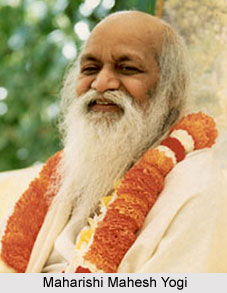 Permanent Self Awareness, Objective Consciousness of Self
Permanent Self Awareness, Objective Consciousness of Self
This fourth major state of consciousness is also known as transcendental consciousness, which is indeed a distinct form of consciousness. In this state the mind settles down and one experiences a state of "restful alertness". The thoughts become quiet and then quieter until all the thoughts slowly fade away from the mind. Now the mind is no longer bound by the thoughts but it experiences a kind of awareness, which has awakened by itself. This state makes a person highly conscious of self as a separate entity, detached from mind and human identities. It creates a permanent centre of self, irrespective of the chaos and distractions of the physical universe.
Samadhi
This stage constitutes the reunion of an individual with the first universe. It is a state of infinite consciousness. This stage can be achieved through intensive practice of discretion and penetration beyond the physical and psycanic universe. It is accompanied by stillness and lack of any mental deviation. Meditation is an important key to achieve this stage.
Unity Consciousness
This state is based on the perception that all aspects of life are nothing but expressions of "being" and pure consciousness. It is the strengthened form of Samadhi state. All diversities in life are bridged in unison. The outer and inner realities of life are bridged together in Unity consciousness. In this stage the individual not only has the consciousness of his individuality but also experiences oneness and love for every entity of the universe. Divinity of everything can be explored and the individual is able to communicate with the self. But this is not the final stage of consciousness as this distinct identity can also fade away.
Cosmic Consciousness
This stage is devoid of any duality and is the attainment of complete individuality or oneness. It is the universal consciousness where one experiences himself as pure energy. Attaining cosmic consciousness means freeing oneself from human limitations of body and mind. The individual in this stage is able to experience the source and essence of life. It is also known as Nirvana, in Buddhism, or enlightenment.
The universe is a web of consciousness and each stage of consciousness is linked to each other. Since the creation of the universe, very few people have achieved the highest level of Consciousness, known as enlightenment. Prolonged practice of Transcendental Meditation is the key to attain cosmic consciousness. If a considerable portion of humanity reaches the highest level of consciousness, a golden era of love, harmony and synergy can be experienced in the world.

